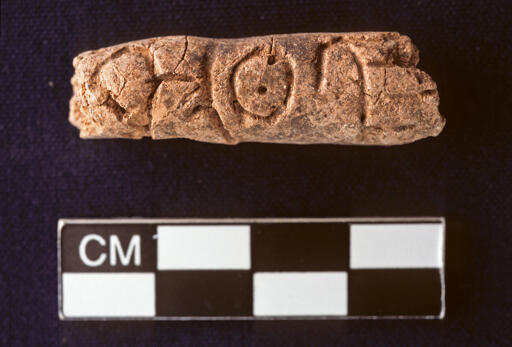- cross-posted to:
- hackernews@lemmy.bestiver.se
- cross-posted to:
- hackernews@lemmy.bestiver.se
Archive link: https://archive.ph/cIz4A
It’s dated to be from around 2400 BCE. The article doesn’t clarify if it’s a true alphabet or an abjad, but either way it’s interesting.
EDIT: see also https://www.scientificamerican.com/article/worlds-oldest-alphabet-discovered/ for a less pop-linguistics narrative of the same discovery.



While this discovery is very cool, this bothered me:
Ancient Chinese scripts seemed to manage just fine, even during their “writing is magical and only the rich are smart enough to know that magic” phase. Is it possible that the alphabet itself didn’t change the way people lived, but perhaps the people who introduced it to the area changed the way the original inhabitants lived? The conclusion that the alphabet was the cause just seems really Western exceptionalist to me.
Pop linguistics is prone to those inaccuracies, by oversimplifying complex matters. Thanks for pointing it out.
It’s a bit easier / faster to learn how to use a phonetic/phonemic writing system (alphabets, abjads, abugidas, syllabaries…) than it is to learn a logographic system.
Japanese has a good example of that - children at age 6 are taught hiragana (syllabary), katakana (syllabary) and kanji (logographic). While they’re expected to have learned the first two by the end of the year, it takes them around 6 years to learn the 1000 kanji expected for reading proficiency.
But that’s it; calling it a “revolution” is a big stretch. Specially when even logographic systems show some developments in this direction, with hieroglyphs for example showing phonograms all the time, and the modern Han writing system having both semantic and phonetic parts (granted, they only work 100% for Middle Chinese, and certainly not for non-Sinitic languages like Japanese, but still).